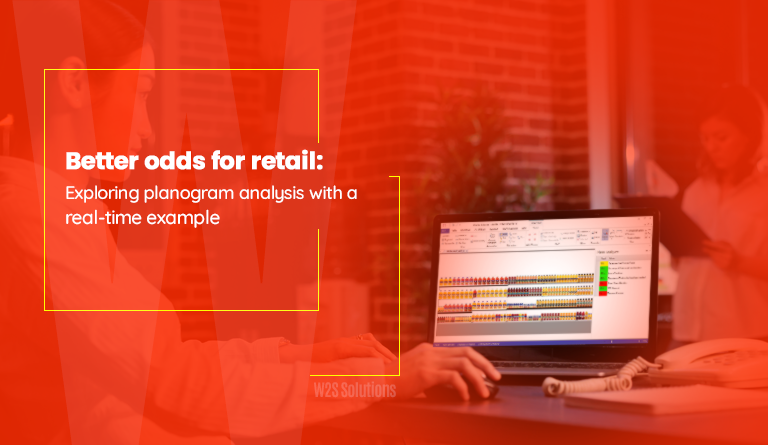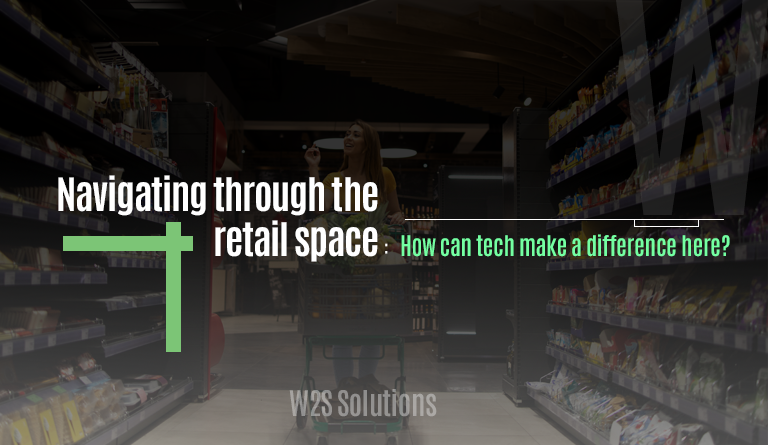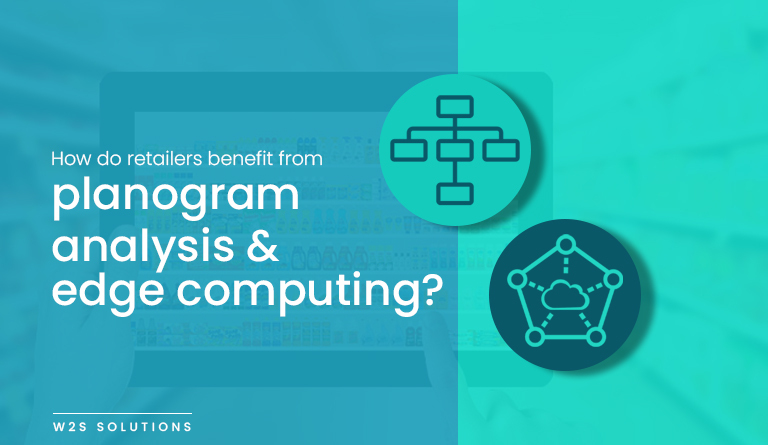Overview: Planogram analysis- a lesser-known term that would soon elevate the retail industry and lay the foundation for smart stores. If paired with the right type of strategy, it can drastically change the customer experience and be a part of the overall digital ecosystem of a consumer.
The retail industry can be best described in two words- space and sales, both of which constitute the basis of the planogram analysis. In a digital age where every brand is focusing on their ecommerce strategies, planogram analysis and predictive analysis could help retain the retail’s spot among consumers.
Ecommerce has multiple advantages over the retail industry with its fast buying process, targeting and remarketing strategies, going international, etc. But one huge advantage that retail sectors have over the ecommerce platforms is reliability!
Reliability is a crucial factor in any business model, but it’s only a matter of time before ecommerce will catch up on this. While both are trying to provide the best customer experience possible in their ways, planogram analysis can revive and accelerate a humongous $23 trillion retail industry without compromising on the former.
What is planogram analysis?
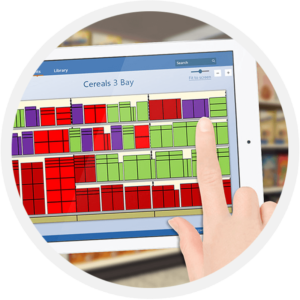
Planogram analysis is the science of observing, understanding and elevating a customer’s shopping experience by optimizing the customer journey and shelf space to drive sales. Typically, a customer navigates through the retail store until they find the product they are looking for. Businesses can fine-tune this “user journey” with planogram analysis and compliance to provide a personalized, positive shopping experience.
A positive shopping experience will increase the likelihood of the customers spending their purchasing power at your store, helping you gain a loyal “brand” advocate. From this perspective, this can also be a guide to branding.
Read Also – The Future of Retail Post COVID-19: Innovation & Transformation
Does planogram analysis work?
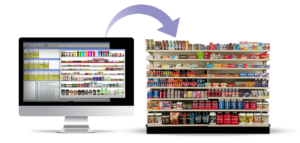
But the narrative is entirely different when it comes to giant retail shops. While planogram analysis may look simple on the surface, there is a lot going on behind the scenes, which makes implementation a bit more complex. However, it’s easier in smaller stores as they have a simpler and most probably one-dimensional user journey. Advanced data integration could be an effective option for large-scale retail chains.
Take Target, for instance. Target is one of the biggest retailers in the world. It has nearly 1931 stores in the US alone. In such cases, it is essential for the huge retail stores to provide a uniform customer experience to keep their brand image intact. This means managing thousands of product categories and hundreds of thousands of products across all its stores.
The Target effect- a term coined by behavior analysts, psychologists, and passionate shoppers- proves that planogram compliance drives sales. “Target effect” is when customers walk into the store to buy a thing or two but instead walk out buying more than they intended.
So, planogram analysis with cloud architecture is more about elevating the shopping experience than arranging and rearranging the shelf. The model puts together data and customer instincts to drive sales and, so far, is one of the most practical and scientific approaches in the market. Big data analytics is particularly helpful in understanding the customer behaviour across regions.
Read Also – The Rapid Growth of the Cloud in the Retail Industry
Being an industry giant and a leading innovator in the FMCG space, our client had a peculiar problem of low sales and brand impact in specific markets. Upon analysis, we found that retail is one of the most vital sales channels of our client, and the areas with low sales also had low client presence in the retail stores of that area.
To drive sales in that particular geography, we combined our planogram elevation with aggressive marketing campaigns, technology and business strategy to maximize audience engagement.
The massive volume of products and multiple supplier and receiver ends made tracing and accounting difficult. To simplify this humongous process, we added our own twist to planogram analysis and edge computing for retailers.
We built a mobile application that could work offline, as most retail shops were in remote areas. We integrate Machine Learning and Edge computing into the mobile application. So, all that an agent of the client needs to ensure the planogram compliance is a smartphone or tab with access to a camera.
You can also view more of our works and case studies here!
How the app works?
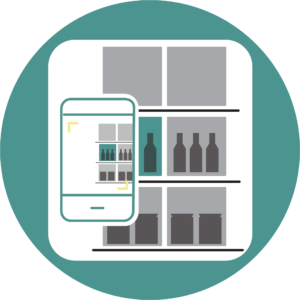
The agent/representative of the client will capture photos of the shelf and upload the images to the application. The Machine Learning algorithm will analyze the whole image, i.e. the shelf, and convert the image to meaningful data. This data will be stored in a central server, and the application will convert this data into insights by identifying the client’s products in the bunch. All this happens in seconds, making the whole process much easier, even in huge retail stores.
Many mobile app development companies in the market are integrating technologies and business strategies to churn in effective tech-ROI. So, technology plays a significant role in defining the customer experience and accessibility in the digital age. The space within the premises of the application also enables the integration of Business Intelligence tools to track and analyze the supply chain.
Read Also – Technologies you should never ignore to survive under any circumstance
ML: The Silver Lining of the Application
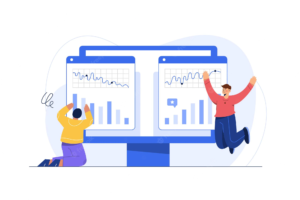
“The shelf” is the holy grail of a retail store, and it’s filled with products of different brands, dimensions, colors, etc. ML has the ability to identify and segregate client’s products from the rest of the shelf, which is crucial as they all share a lot of similarities.
Through “swarm learning”, models can teach themselves the context of a picture, allowing them to perform better with every iteration. As the inputs get diverse, the framework gets more fool-proof and efficient. Also, being one of the top sustainability consulting firms in the market, we bet on ML to track and set the stage for sustainable consumption among the consumers.
In the FMCG space, products under the same category are impossible to distinguish. Their weights are identical, the shape, packaging, size, and portion- so it’s important that the system understands the context! So, integrating ML into our process is the most practical choice to ensure planogram compliance and the system’s efficiency. With the rise in decision intelligence, ML can soon enable effective and contextual decision-making.
Read Also – Outshine Your Competitors By Using Pre-sales Big Data
The birth of the smart stores
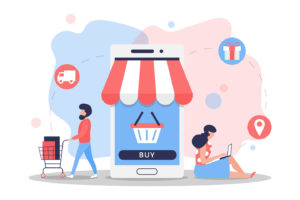
Planogram compliance and analysis are the foundational steps in creating a fully immersive and automated shopping experience through smart stores. Very soon, our traditional stores will evolve into smart stores with proper app maintenance, completing the digital ecosystem and accelerating the vision for a cognitive city. This could also help us get closer to a sustainable model of business through conscious consumption. Many software development companies have brought experimental technologies to the mainstream market, and planogram compliance will be one such technology. However, a software development company with a diverse portfolio is something that businesses should ensure to scale effectively.
